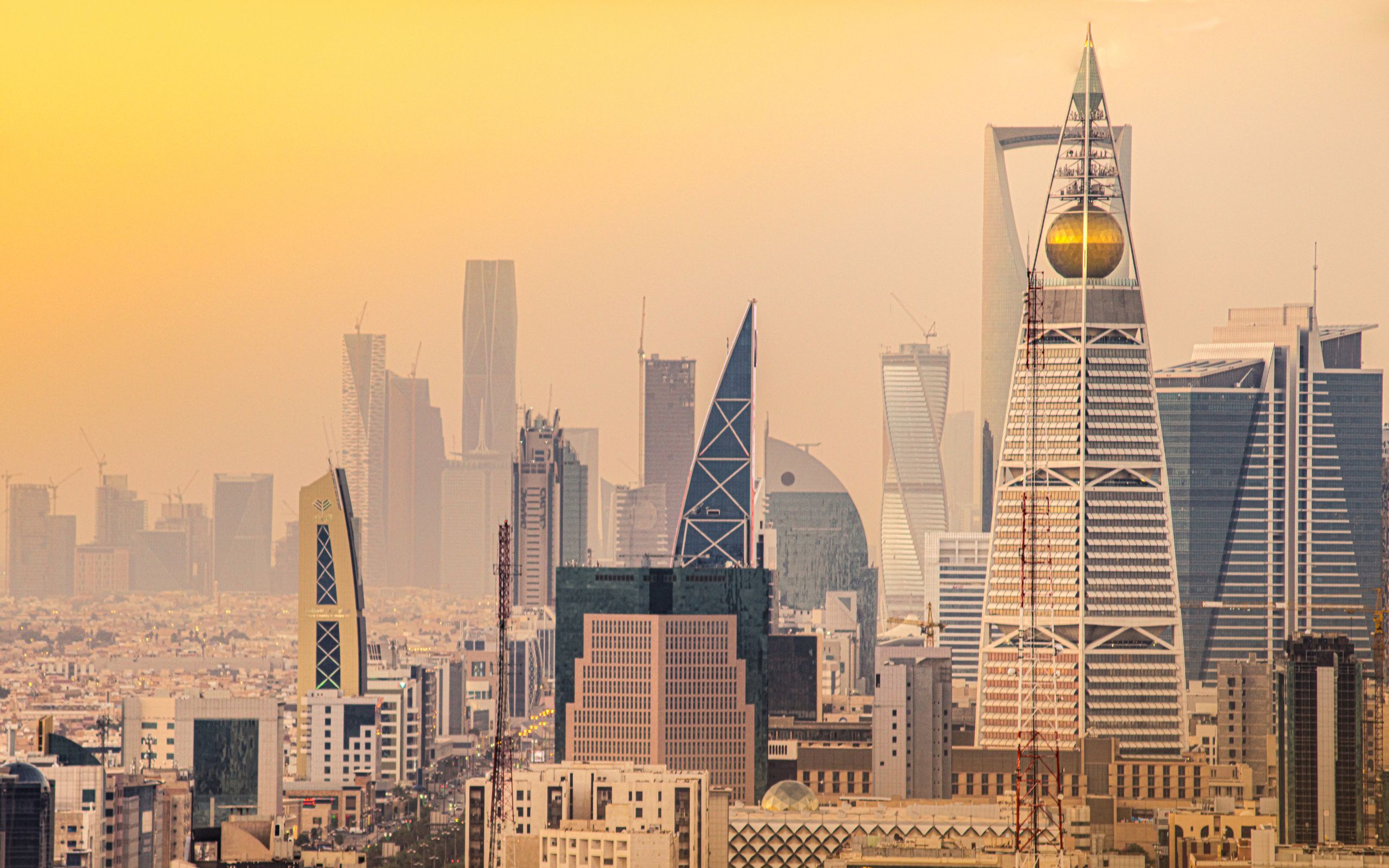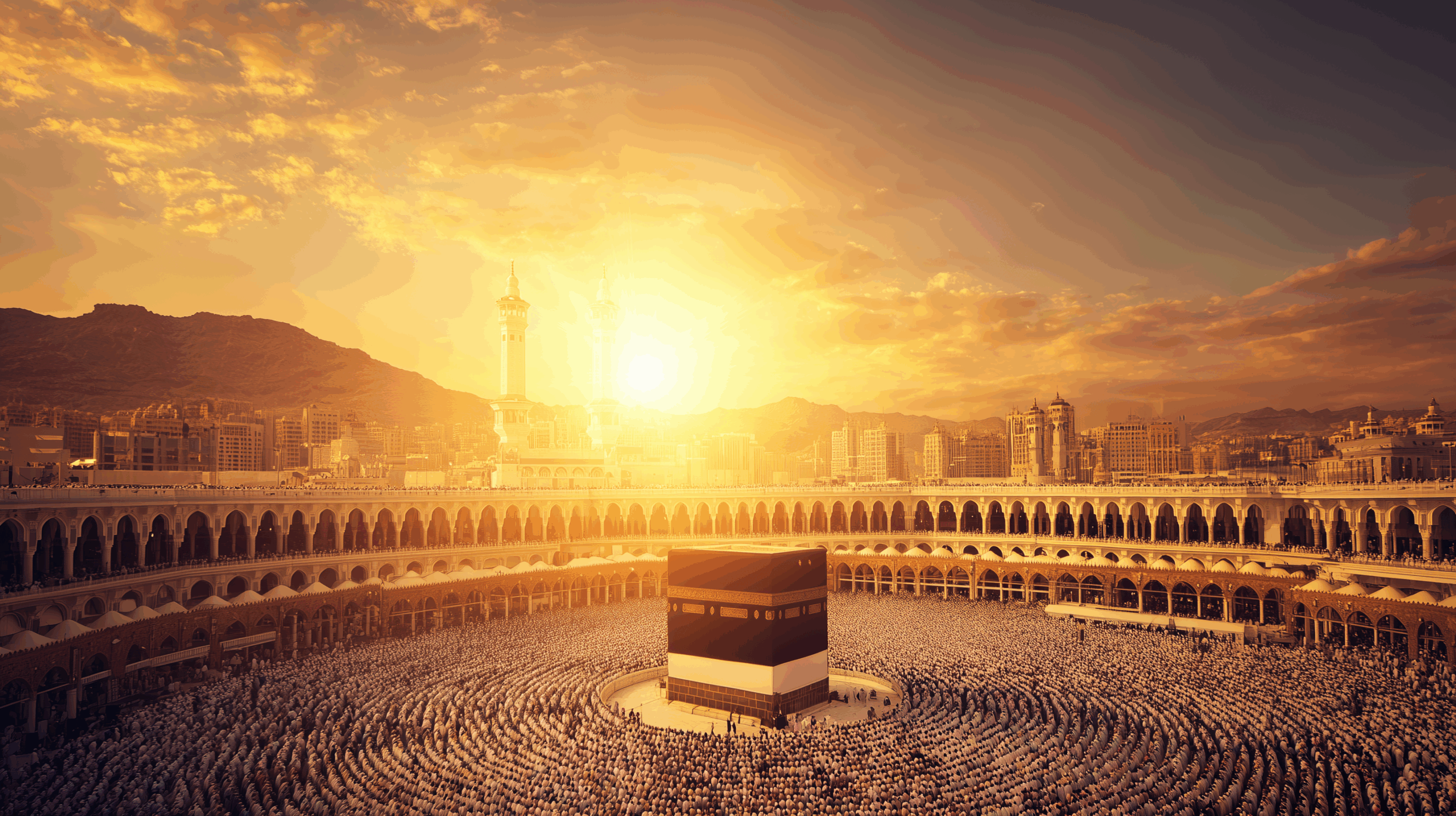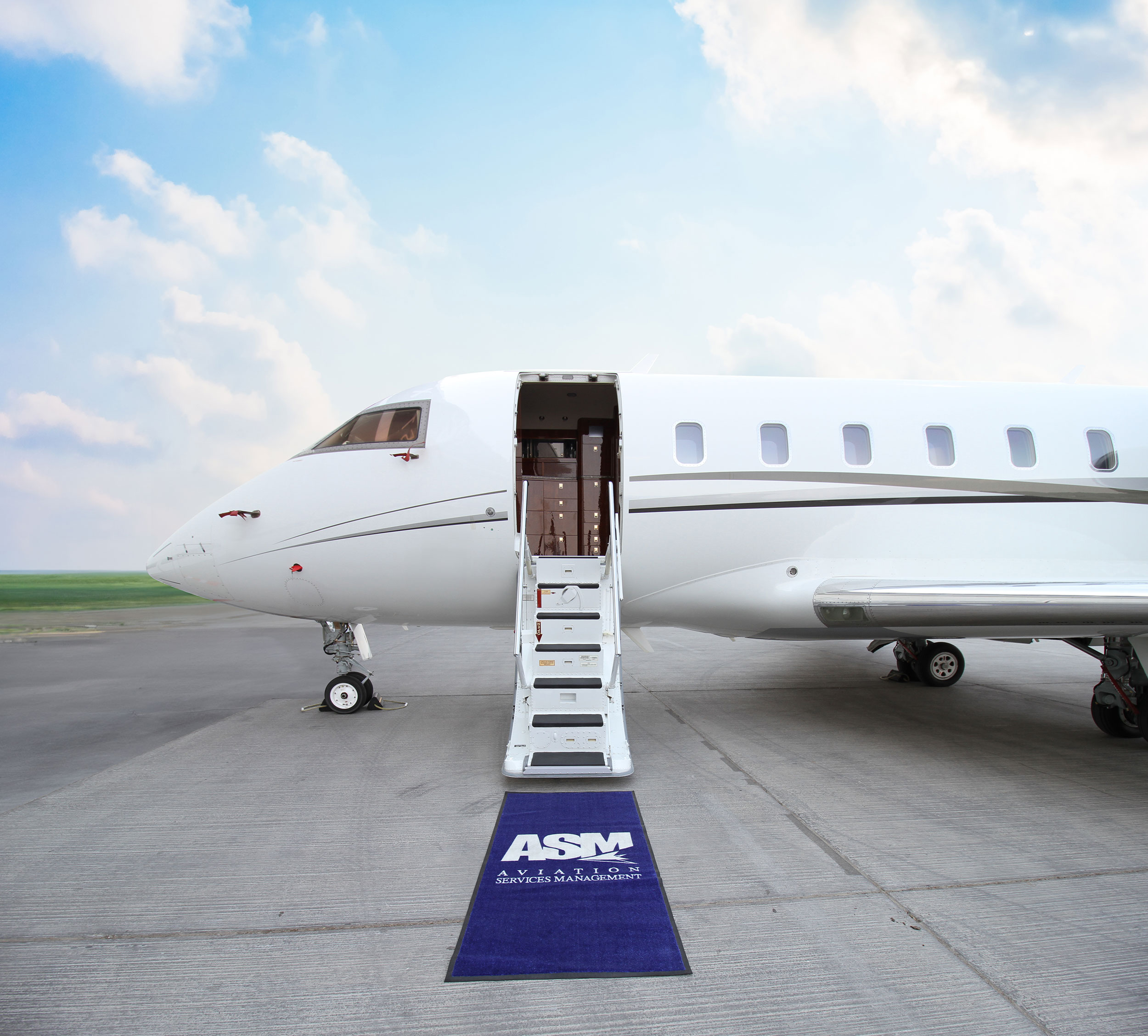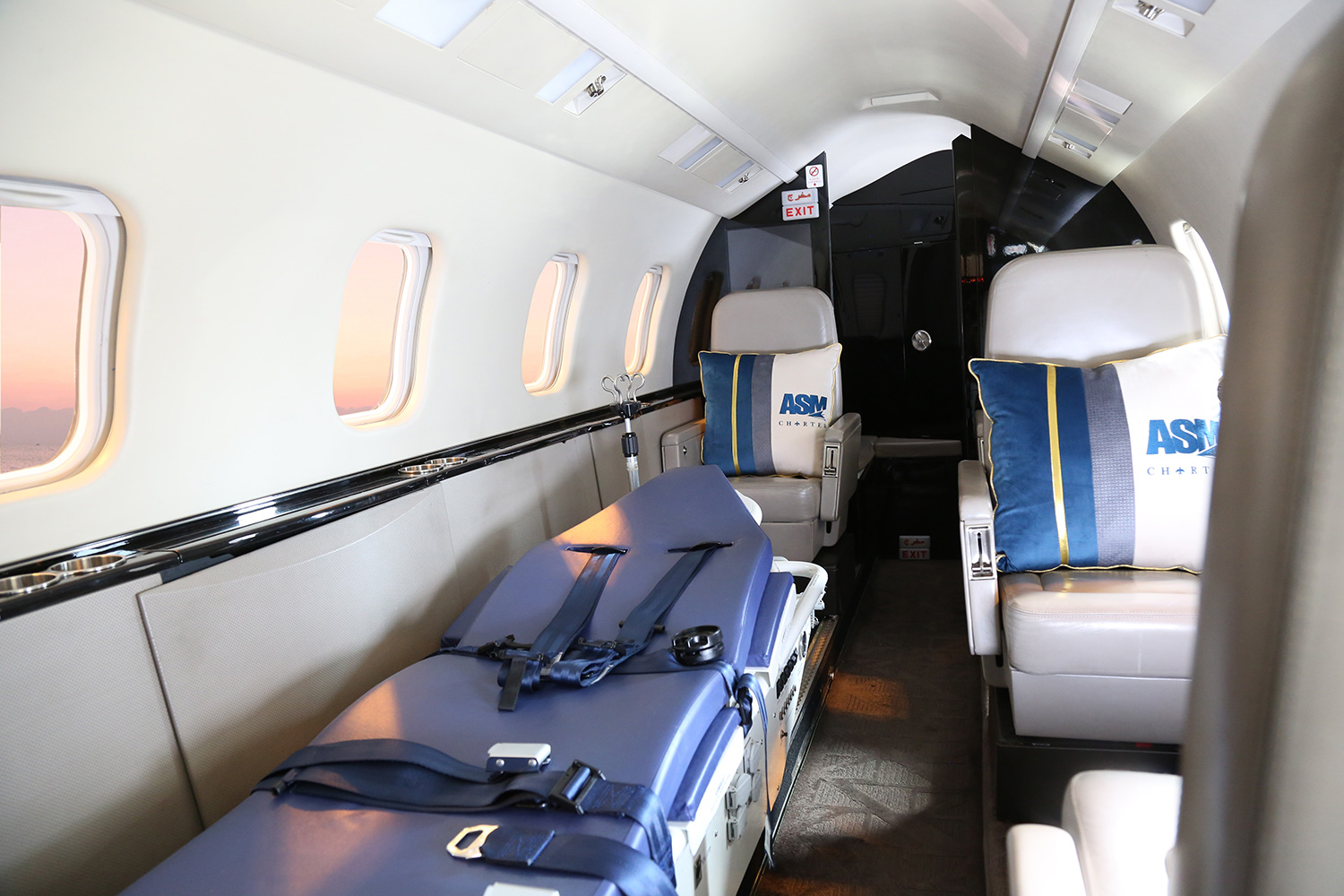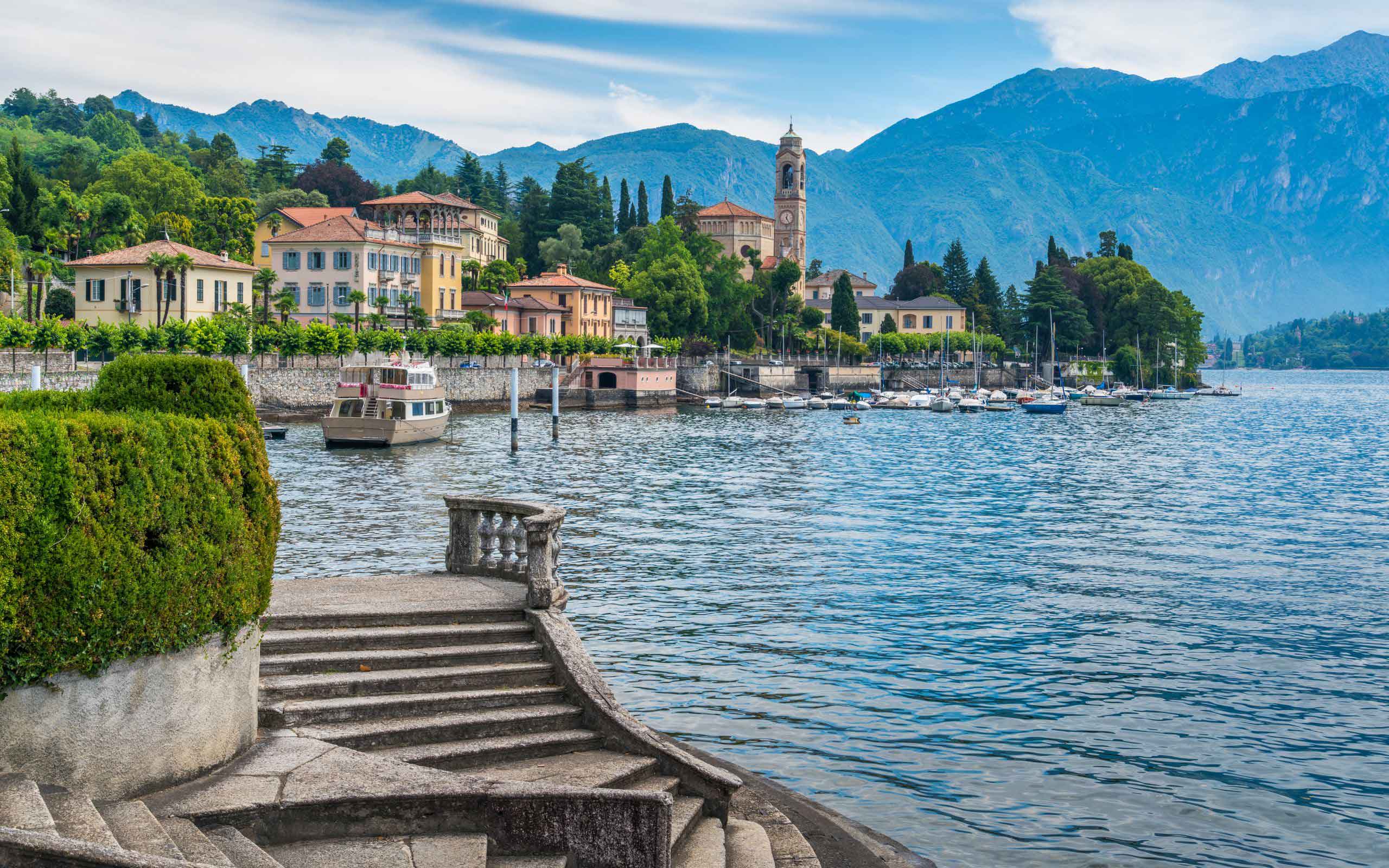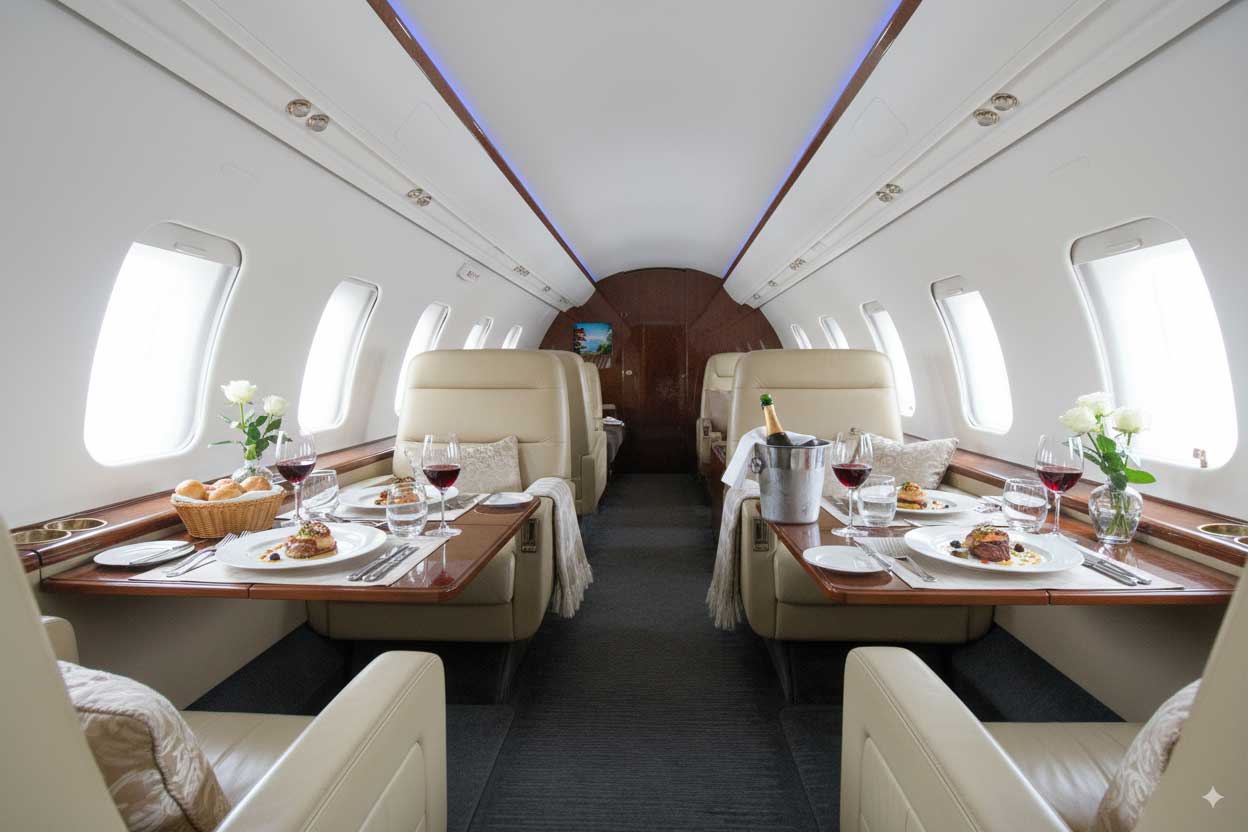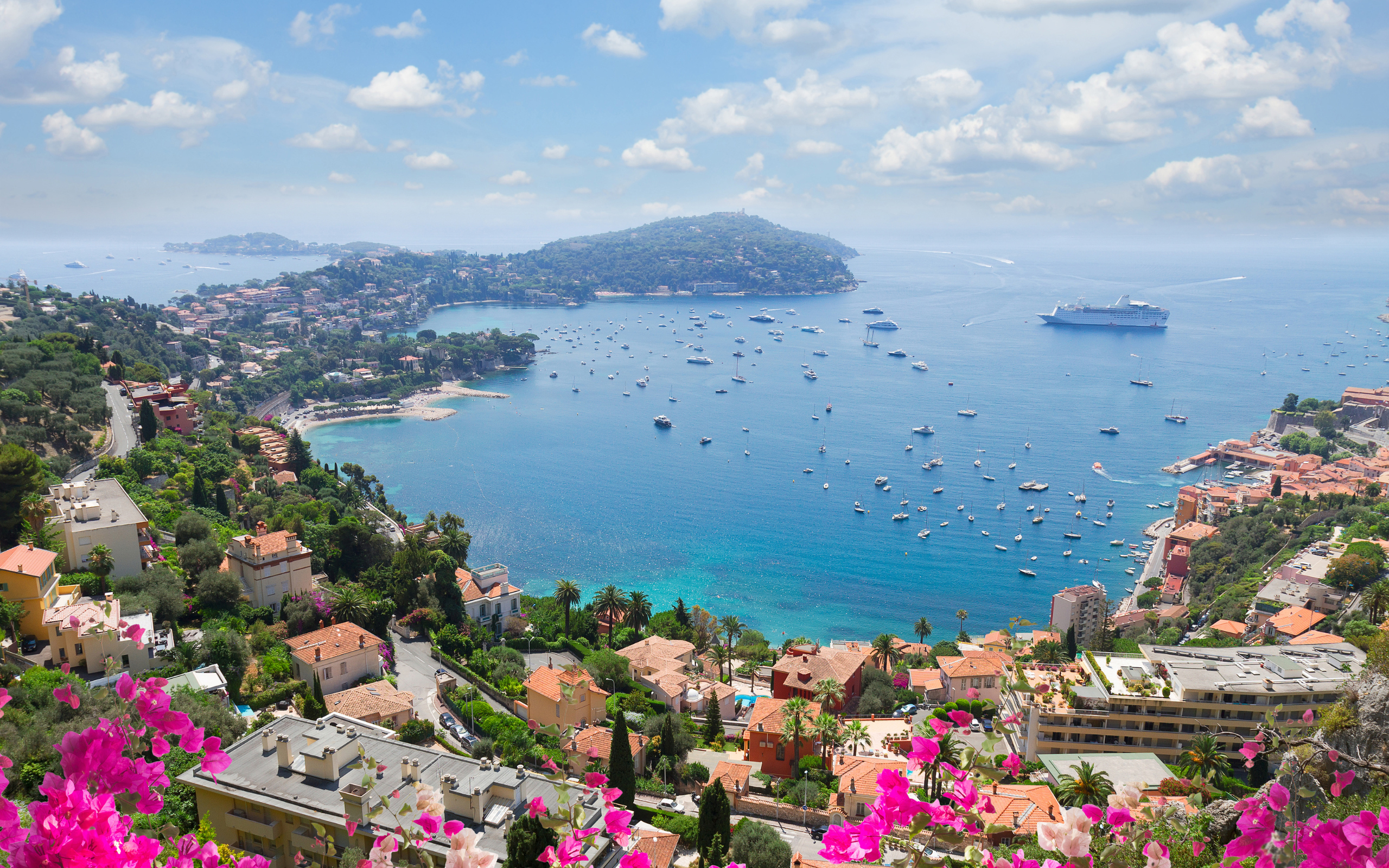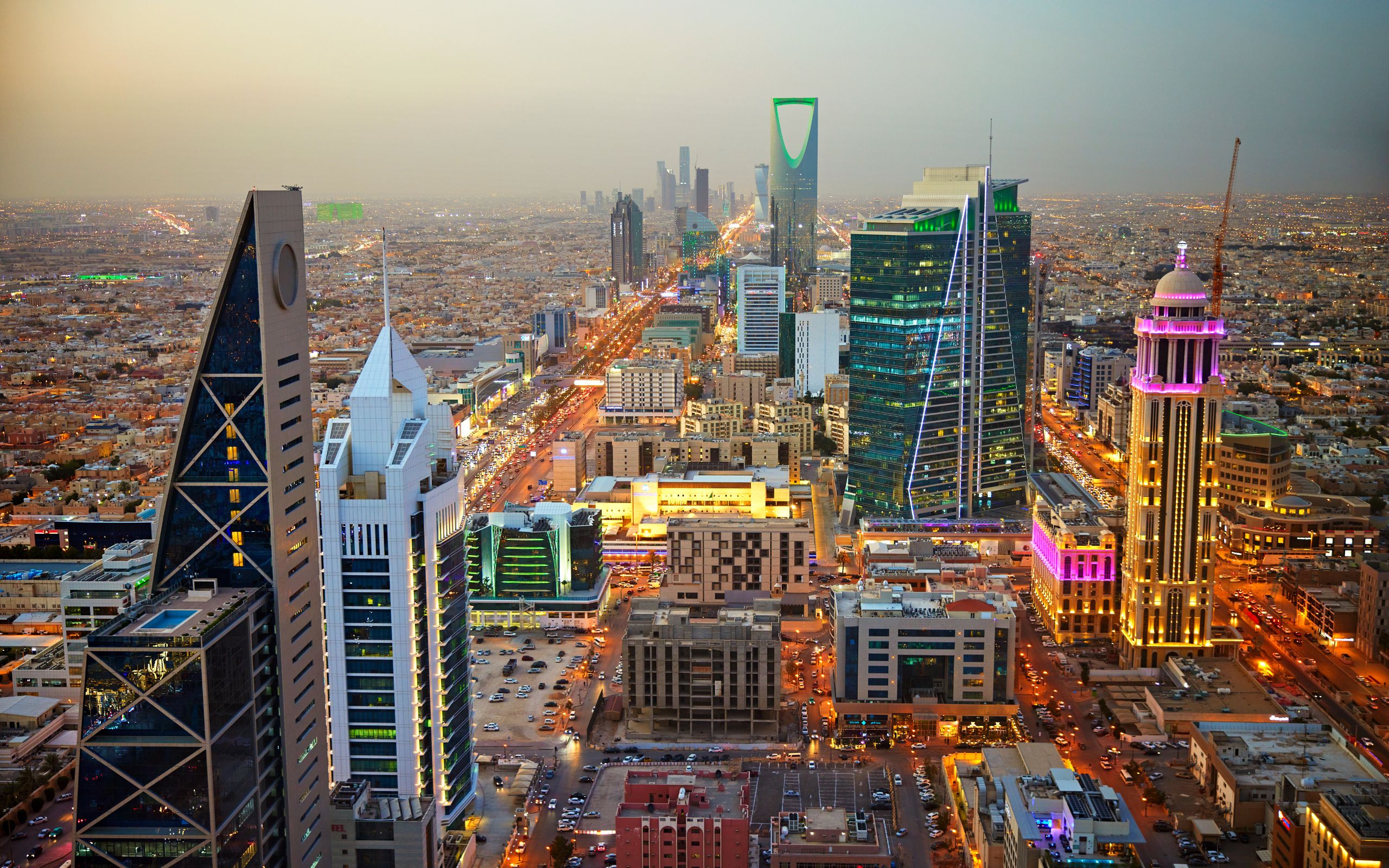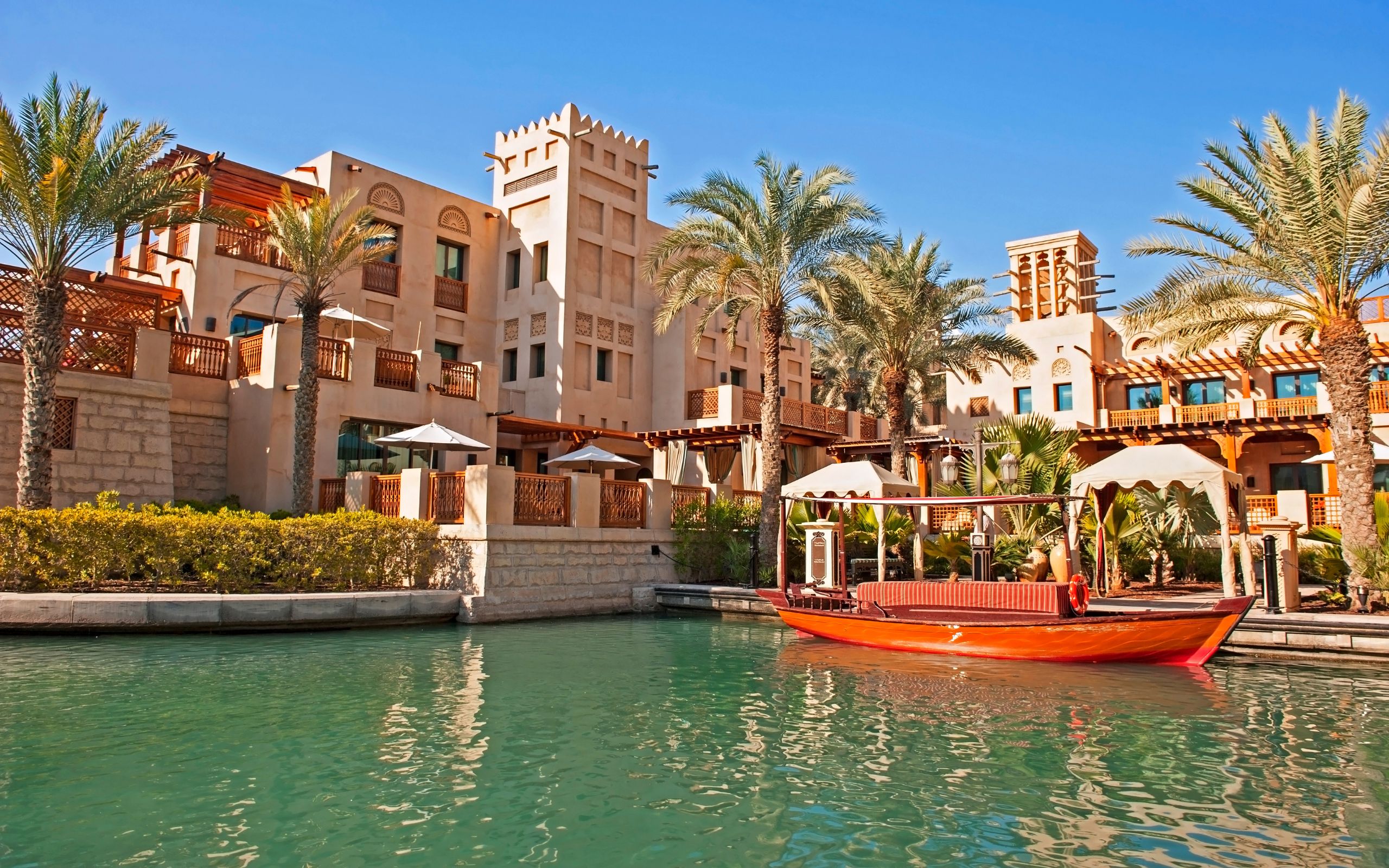South Malé Atoll, located in the heart of the Maldives, offers travellers crystal-clear waters, vibrant coral reefs, and unique island experiences. With its reputation as a premier destination for snorkelling, diving, and island hopping, it captivates visitors seeking both adventure and relaxation. The region is well-regarded for its luxurious resorts that provide exceptional service against a backdrop of stunning natural beauty.
Table of Contents

Tourism in the South Malé Atoll draws visitors to its pristine beaches, spas, and souvenir shops. Known for its professional hospitality and lush surroundings, places like Fihalhohi Maldives and Adaaran Club Rannalhi stand out. The Atoll’s location makes it easily accessible, just a short speedboat ride away from Malé, the capital city of the Maldives.
For those planning a trip, a variety of accommodation options cater to different preferences and budgets. Three-star hotels typically cost $251 per night, while four-star accommodations average $368. Those looking for a more luxurious stay can find five-star hotels for around $725 per night. Whether travelling for leisure or a special occasion, the options in South Malé Atoll promise a memorable stay in one of the world’s most sought-after destinations.
Geography and Location

South Malé Atoll is part of the Kaafu Atoll, situated near the capital city of Malé and composed of numerous islands. This section explores its proximity to Malé and other atolls, along with the diverse island composition.
Proximity to Malé and Other Atolls
South Malé Atoll lies south of North Malé Atoll, forming an integral part of the Kaafu Atoll. It is situated in the Republic of Maldives, just a short distance from Malé, the bustling capital. This proximity allows for easy accessibility by boat from Malé, making it a favoured destination for both local and international visitors.
Due to its close location to other notable atolls, such as North Malé Atoll, South Malé Atoll enjoys increased connectivity and offers a seamless opportunity for island hopping. Visitors can explore neighbouring atolls, experiencing differing cultural and environmental landscapes. Such geographic positioning enhances its appeal as a significant travel destination in the Maldives archipelago.
Island Composition
The South Malé Atoll is made up of numerous islands—many are inhabited while others remain pristine. This atoll is comprised of both resort islands and local islands, offering a blend of luxurious getaways and authentic local experiences. In terms of area, the composition varies, accommodating lush vegetation and vibrant marine ecosystems.
The atoll’s islands are typically small, with some dedicated to tourism and others to local communities. Each island features unique attractions, such as pristine beaches or coral reefs, contributing to its status as a popular destination for snorkelling and diving enthusiasts. This varied island composition enhances the South Malé Atoll’s natural beauty and cultural richness.
Travel and Accommodation

South Malé Atoll offers a diverse range of accommodation options suitable for various budgets and preferences. From luxurious resorts and water villas to more affordable local island stays, travellers can find something to suit their needs.
Resorts and Water Villas
South Malé Atoll is renowned for its luxurious resorts that offer picturesque water villas, ideal for honeymooners. Many of these properties, like Anantara Dhigu Resort, provide exclusive amenities such as overwater spas, private pools, and fine dining experiences. Often located on private islands, these resorts are usually accessible via a short speedboat ride from Malé International Airport.
These luxury accommodations often offer all-inclusive packages, which can be convenient for guests wanting a worry-free visit. Some resorts even organize sailing trips or live-aboard experiences for guests interested in exploring nearby marine life. With amenities aimed at providing maximum comfort and unique experiences, these accommodations create a perfect blend of relaxation and adventure.
Budget Accommodations
Travelers seeking budget-friendly options will find that South Malé Atoll provides several alternatives. Local guesthouses in places like Maafushi Island offer affordable accommodations without compromising on quality. Maafushi is particularly popular for its range of cost-effective guesthouses which often provide comfortable rooms and essential amenities.
These budget accommodations are a great way to experience Maldivian culture more intimately. Many guesthouses offer excursions such as snorkelling trips, fishing, and island hopping at reasonable prices. Public ferries are available for a more economical mode of transport between the islands, thus reducing travel costs significantly.
Local Island Stays
Staying on a local island such as Guraidhoo offers travellers the opportunity to immerse themselves in the Maldivian way of life. Unlike resort islands, local islands have regulations where travellers must respect cultural norms, particularly dress codes. Guraidhoo offers an array of guesthouses where visitors can enjoy local cuisine and engage with the community.
These islands provide an authentic experience, allowing guests to interact with residents and perhaps even participate in local activities such as fishing. For those interested in budget travel and cultural immersion, local island stays present an enriching experience that contrasts the opulence of mainstream resorts.
Marine Environment

South Malé Atoll’s marine environment is diverse, featuring vibrant coral reefs and a wide array of marine species. The conservation efforts in the area aim to protect these ecosystems and their inhabitants.
Coral Reefs and Ecosystems
The coral reefs of South Malé Atoll are rich ecosystems that support a variety of marine life, including abundant reef fish. Soft corals contribute to the vibrant underwater landscape, providing habitat for many species. The presence of colourful corals attracts divers, who often spot fusiliers and trevally in large schools. These reefs are crucial to maintaining biodiversity, with their complex structures promoting ecological balance. Efforts to monitor and protect these ecosystems focus on sustaining their health and resilience against environmental changes.
Specific Marine Species
South Malé Atoll hosts diverse marine life, from small macro life to larger species like sharks. Reef sharks are commonly seen gliding among the corals, alongside the majestic manta rays and eagle rays. Tuna and turtles are also frequent visitors to these waters, adding to the atoll’s biological richness. Grey reef sharks are known to patrol the deeper waters, contributing to a dynamic underwater experience for divers. Each species plays a role in the ecological web, ensuring the atoll’s marine environment remains vibrant and balanced.
Conservation Efforts
Conservation in South Malé Atoll is crucial to preserving its marine ecosystems and species. Local and international organizations collaborate on projects that aim to reduce human impact, such as sustainable fishing practices and limiting coastal development. Marine protected areas have been established to safeguard key habitats, providing refuge for species like manta rays and turtles. Education programs emphasize the importance of protecting coral reefs, and encouraging community involvement in conservation efforts. These strategies are essential to ensuring the atoll’s natural beauty and biodiversity for future generations.
Activities and Attractions

South Malé Atoll offers a variety of vibrant activities and attractions, from thrilling water sports to engaging cultural experiences. Visitors can explore dive sites teeming with marine life, catch waves at renowned surf spots, or immerse themselves in local traditions.
Diving and Snorkeling Sites
South Malé Atoll is known for its incredible diving opportunities. One of the most popular dive sites, Kandooma Thila, is famed for its rich biodiversity. Divers here can encounter colourful coral formations and a plethora of fish species, including jacks and barracudas.
Manta Ray Cleaning Stations are another highlight, where divers can witness manta rays gracefully gliding through the water. For those interested in snorkelling, the clear waters around many resorts offer easy access to vibrant marine life, making it a perfect activity for all skill levels.
Surf Spots
Surf enthusiasts will find South Malé Atoll to be a paradise. The islands of Himmafushi, Thulusdhoo, and Dhiffushi are famous for their excellent surf breaks. Himmafushi offers consistent waves that attract surfers from around the world, providing the perfect conditions for both beginners and seasoned surfers.
Thulusdhoo is a must-visit for its famous left-hand break “Cokes,” while Dhiffushi offers a quieter spot for those seeking a more relaxed surf experience. The surf season typically peaks from March to October, when the swell is at its strongest.
Cultural and Local Experiences
For a taste of Maldivian culture, visitors can explore the island of Gulhi. Here, they can engage with locals, learn about traditional crafts, and savour authentic Maldivian cuisine. The island’s workshops offer a chance to observe local artisans at work, crafting items such as mats and jewellery.
Travellers can also enjoy island hopping tours that include interactive experiences like meeting locals for tea or participating in community-led tours. These activities provide valuable insights into the everyday lives of Maldivians, making them a rich addition to any itinerary.
Maadhoo Island South Male Atoll
Maadhoo Island is a picturesque island located in the South Male Atoll of the Maldives. Here’s what I found based on the search results:
- Location: Maadhoo Island is situated on the eastern rim of the South Male Atoll, approximately 45 minutes by speedboat from the Velana International Airport in Male.
- Resort: The island is home to the luxurious OZEN LIFE MAADHOO resort, which opened in 2016. The resort offers a variety of overwater and beachfront villas, along with upscale amenities and services.
- Geography: Maadhoo Island is a long, narrow strip of land with a pristine white sandy beach and a turquoise lagoon. Unlike some other islands in the South Male Atoll, Maadhoo does not have a house reef directly accessible from the beach.
- Accommodations: OZEN LIFE MAADHOO offers 90 luxury villas in different categories, including Earth Villas with private pools, Wind Villas with direct beach access, and overwater villas with stunning ocean views.
- All-Inclusive Plan: The resort operates on a luxury all-inclusive plan called “The Atmosphere INDULGENCE,” which covers dining, premium alcoholic beverages, spa treatments, and a range of activities and excursions.
- Dining: The resort features several dining options, including the main restaurant, The Palms, which serves international cuisine, and specialized restaurants like Traditions – IndoCeylon and Traditions – Peking, offering Indian and Chinese flavours.
- Activities: Guests at OZEN LIFE MAADHOO can enjoy various water sports and activities, such as snorkelling, diving, kayaking, and stand-up paddleboarding. The resort also has a spa, a fitness centre, and a kids’ club.
Maadhoo Island in the South Male Atoll is a stunning destination known for its luxury resort, OZEN LIFE MAADHOO. With its picturesque setting, upscale accommodations, all-inclusive plan, and range of activities, the island offers a perfect getaway for those seeking a high-end, indulgent experience in the Maldives.
Transportation and Accessibility
South Malé Atoll is easily reachable by various modes of transportation, offering convenient access to the beautiful surroundings and numerous attractions. Its proximity to Malé makes the journey simple and quick for travellers.
Travel to and Within South Malé Atoll
Visitors typically arrive in the Maldives at Velana International Airport in Malé. From Malé, access to South Malé Atoll is generally achieved by speedboat or seaplane. Speedboat transfers are frequent and efficient, taking around 30 to 45 minutes, making them a popular choice. Certain luxurious resorts also offer seaplane transfers, providing a stunning aerial view of the atolls. Depending on the resort, these options are usually pre-arranged and can be confirmed upon booking.
Villingili and Huraa are among the islands accessible within this area. Speedboats and ferries connect these islands, enabling visitors to explore local communities and attractions. It’s advisable for travellers to confirm transportation schedules in advance, especially during the peak tourist season.
Local Transportation Options
Once on the islands, transport options include bicycles, electric buggies, and walking. Bicycles are a favoured choice for exploring, offering flexibility and the opportunity to enjoy scenic vistas at leisure. Many resorts provide bicycles to their guests.
Electric buggies are convenient, particularly in larger resorts where distances between facilities may be significant. Walking is another practical option for those staying in compact areas, allowing individuals to fully immerse themselves in the natural beauty and culture of the islands. Public transport within smaller local islands may be more limited, so confirming availability with the accommodation provider is recommended.
Climate and Best Time to Visit
South Malé Atoll offers a unique blend of tropical weather, ideal for both water-based activities and relaxation. Understanding its climate helps determine the best times for diving and surfing, which vary throughout the year due to distinct weather patterns.
Weather Patterns
The climate in South Malé Atoll is characterized by two main seasons: the Northeast Monsoon and the Southwest Monsoon. The Northeast Monsoon runs from December to April, bringing calm seas and dry weather with temperatures ranging from 86.5°F to 88.2°F. This is the peak tourist season, offering more predictable weather for travellers.
In contrast, May to November experiences the Southwest Monsoon. During this time, the region encounters more rainfall and increased humidity, although temperatures remain warm. Despite wetter conditions, this period can offer reduced rates and less crowded resorts for budget-conscious travellers.
Diving and Surf Seasons
Diving enthusiasts will find South Malé Atoll appealing year-round, but the months of November to May present the best conditions. During these months, the water visibility improves with the Northeast Monsoon. This season is also ideal for spotting majestic creatures like Whale Sharks and Manta Rays.
Surfing is best from June to August, coinciding with the Southwest Monsoon when waves are stronger and more consistent. Popular surf spots can be found across the atoll, offering challenges for both beginners and seasoned surfers. The mix of vibrant marine life and stunning breaks makes it a favourite destination for water sports enthusiasts.
Travel Tips and Considerations
Travelling to South Malé Atoll offers a unique experience with vibrant local culture, diverse marine life, and practical budget considerations. It’s essential to understand cultural etiquette, ensure health and safety, and plan your budget effectively.
Cultural Etiquette
Respect for local customs is crucial in South Malé Atoll. Visitors should be aware that the Maldives is a predominantly Muslim country, and modest attire is often required, especially on local islands. Swimwear is typically limited to private resort areas or designated beaches.
In public, it is appreciated if visitors dress conservatively. Engaging with locals politely and respectfully is encouraged. Handshakes are common in professional settings but asking permission is advisable when taking photos of people or inside homes.
When visiting mosques, remove shoes before entering and dress modestly. These considerations not only reflect respect but also enhance travellers’ experiences by fostering positive interactions.
Health and Safety
South Malé Atoll is generally safe for tourists. Yet, understanding certain health precautions can ensure a smoother visit. Travelers should consider vaccinations for common tropical diseases, and it’s wise to consult healthcare providers for detailed advice.
Sun protection is vital, given the intense tropical sun. Sunscreen, hats, and sunglasses are recommended. Mosquito repellent is also advised due to occasional outbreaks of mosquito-borne illnesses.
Marine activities such as snorkelling and diving are popular, so attention to safety guidelines is essential. Tourists should use certified tour operators for activities to ensure equipment is safe and guides are knowledgeable, especially during excursions to the stunning reefs and sandbanks.
Budget Planning
Travellers can enjoy South Malé Atoll on different budgets. Those looking for budget travel experiences can stay on local islands where guesthouses offer affordable alternatives to luxury resorts. Meals in local eateries are usually cheaper compared to resort dining.
Transportation between islands is often via public ferries, which are cost-effective and provide insight into local life. For budget travellers, planning ahead helps secure cheaper rates on accommodation and activities.
Using local transport and accommodations not only saves money but also enriches the travel experience with authentic interactions. Timely planning and consideration of travel seasons can also lead to cost savings, ensuring an enjoyable and economical trip.






